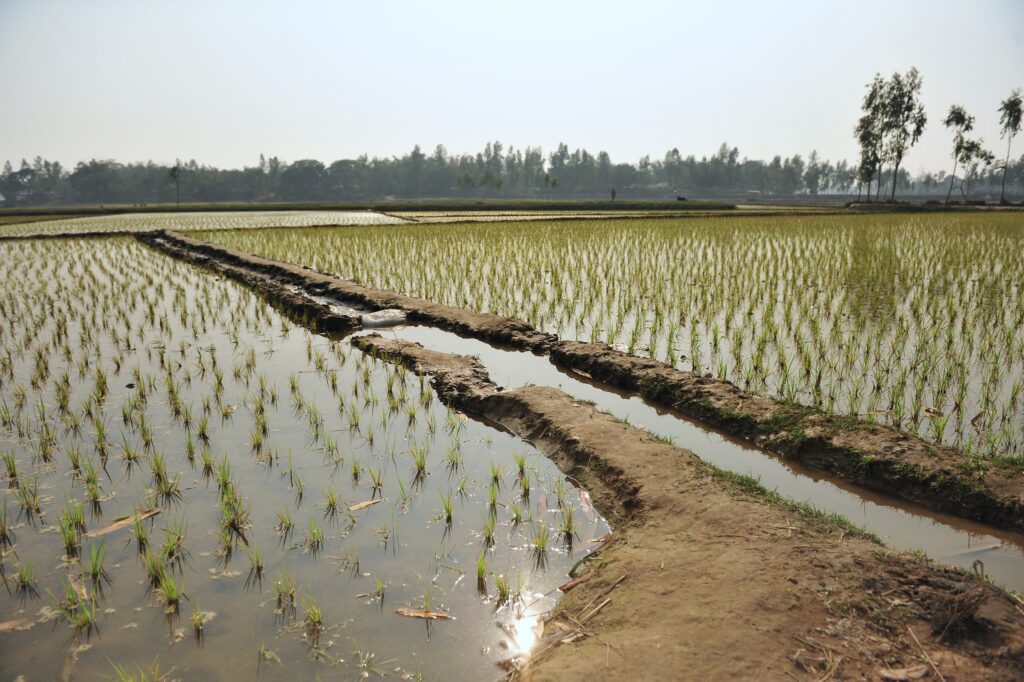
Over the past three decades, the owners of 16 million small farms in the Bengal Basin of Bangladesh have been pumping shallow groundwater during dry seasons to irrigate rice paddies. By lowering groundwater levels in this way during the dry season, the ability of leakage from rivers, lakes, and ponds to replenish the groundwater was greatly enhanced. Capturing surface water not only improved the recovery of groundwater levels but only helped to reduce flooding during monsoons.
The net result of this enormous collective groundwater pumping by millions of farmers has been the creation of vast natural reservoirs underground that are comparable to what is contained by many of the world’s largest dams. This system of sustaining irrigation has transformed what was previously a famine-prone country into a food-secure nation.
The details of this remarkable transformation have been laid out in a study by University College London recently published in the journal Science. According to the study, over the course of 30 years, more than 75 cubic kilometers of fresh water was captured by this process, which is equivalent to the combined reservoirs of China’s Three Gorges Dam and the Hoover Dam in the U.S.
The authors of the study described the water cycling process as “The Bengal Water Machine” and argue that it can be a sustainable alternative to conventional approaches to seasonal river flow storage for irrigation, which typically involve dams and reservoirs. Such approaches are difficult to implement in densely populated alluvial plains where sand, silt, and clay are laid down by annual floodwaters.
**********
Web Links
Millions of farmers “replumb” world’s largest delta
Photo, posted February 2, 2010, courtesy of Melanie Ko via Flickr.
Earth Wise is a production of WAMC Northeast Public Radio
Leave a Reply